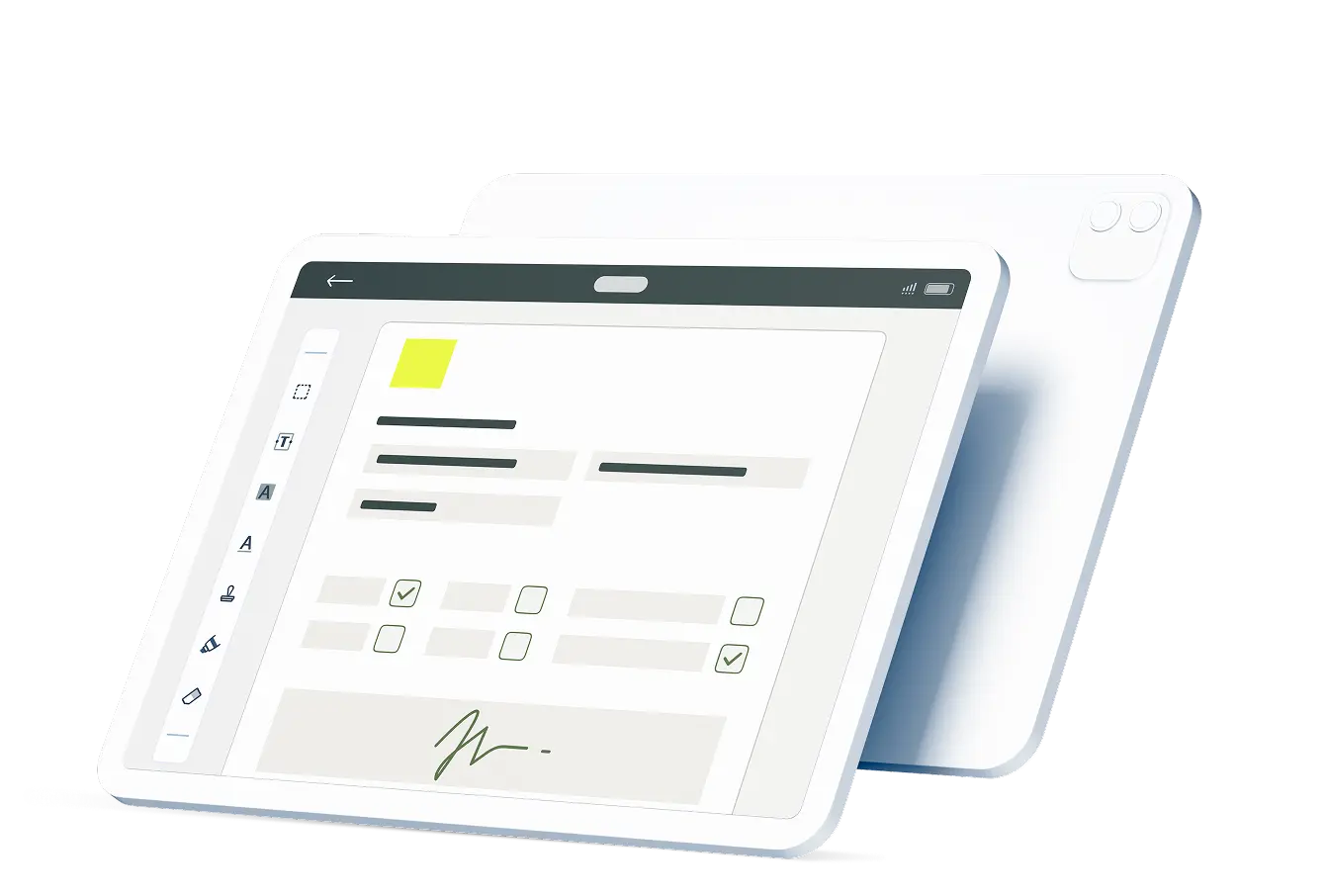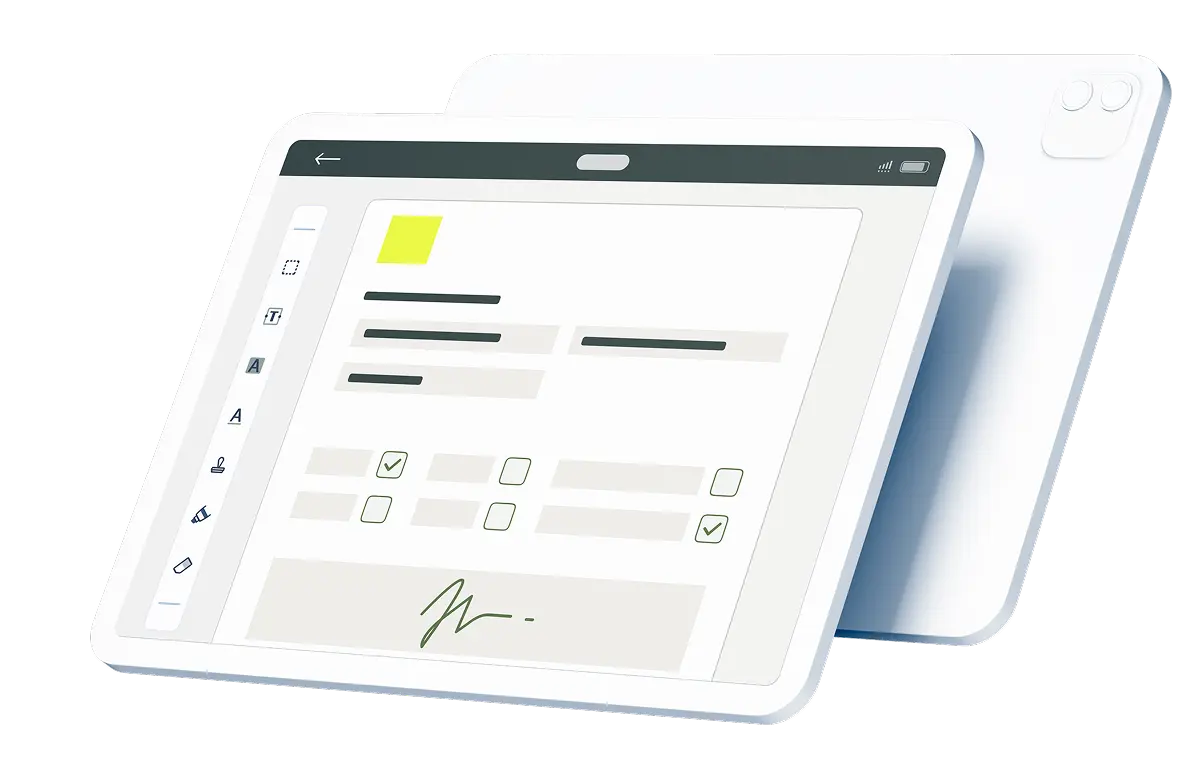Fire safety is an important aspect of doing business if you operate from a physical location. When preparing for a potential fire, it is important to leave no stone unturned. A detailed fire inspection checklist helps ensure you catch any problems before the fire marshal does. Start by checking your municipality’s website to see if it provides a fire marshal inspection checklist. If not, there are several forms you can find online to get you started.
Contents:
Why You Need Fire Inspection Checklists
If you have no obvious fire hazards in your business, you may question the need for an inspection checklist. However, there are several reasons for any company to formalize the inspection process.
- Liability
In the event of a fire, you need documented proof of completing routine and thorough fire inspection checks. Otherwise, your insurance company may decide your negligence led to the fire and refuse to cover damages. Similarly, if someone suffered injuries or died in the fire, you may face liabilities related to this. - Vulnerability
Even an empty building can go up in flames in seconds. From lightning strikes to electrical surges, no building is immune to the risk of fire. It just takes one risk factor, so you need a fire inspection checklist for businesses to catch as many as possible. - Cost
Fires are expensive. Even with insurance, many companies that suffer fires never recover. Because of this, it is better to invest time in creating a thorough checklist that catches all potential fire hazards than to leave it up to chance. - Penalties
When you operate a brick-and-mortar business, you may get a surprise fire inspection at any time. If the fire marshal determines your building violates particular fire safety regulations, you may face fines. You may even need to shut down the business for a few days.
What To Include in Your Fire Safety Inspection Checklist
Several factors determine what items make it to the final document. The size of the building, the presence of customers, the number of exits and your type of business are just a few. Here are other safety details you may want to consider.
- Address Posting
If the fire department ever needs to pay your business a visit, it needs to know it has arrived at the correct location as soon as possible. Display your address in an easy-to-spot place. Some jurisdictions dictate the size of your letters, where you can put the sign and even the basic design. - Fire Lanes
Upon arrival, firefighters should have immediate access to fire lanes and fire hydrants. If you own gated property, provide an emergency access option that firefighters may use. Knox padlocks and keys are a popular option. - Fire Protection Equipment
Not all businesses have complex fire protection equipment, but some do. Strike a compromise between making this off-limits to the general public but easily accessible for firefighters and authorized workers. Equipment can include fire department connections and valves, electrical disconnect rooms and fire alarm control panels. - Fire Extinguishers
Fire extinguishers come equipped with gauges that let you know when they have been used or need to be serviced. Your gauges should be green. Your fire extinguishers should also be tagged by an appropriate professional and should always be properly mounted or stored. - Exits and Exit Lighting
Exit doors should be locked from inside and should be easy to open by just one person. You should also ensure the paths to the emergency doors are not obstructed. Some jurisdictions may mandate specific signs to include. They may also specify the type of light, the sign’s wording and the backup power options. - Fire Alarms
Fire alarms must comply with established regulations. Determine which ones apply to your jurisdiction. You may also need to test your fire alarm on a regular basis and provide proof of doing so. - Fire Sprinklers
Fire sprinklers must comply with established guidelines. They should also be routinely inspected, tested and properly maintained. Some jurisdictions set specific requirements on the frequency of formal testing. - Hazards
Your line of business and even the design of your business may determine what your notable hazards are. Here are a few:- Stoves in commercial kitchens
- Outdated wiring in old buildings
- Storing items in boiler rooms
- Storing items within 18 inches of fire sprinkler heads
- Employee use or storage of flammable materials
Why Choose an Electronic Process
It is much easier to fill in forms electronically as you go along. Using Fluix’s form filling tool makes this possible. Electronic completion provides many additional benefits:
- You can easily change the errors you make without needing to restart the process or get a new form.
- The company saves money spent on paper and ink to complete routine inspections.
- You can store and share the information electronically.
If you complete paper fire checklists and keep them on site, it may defeat the purpose. This documentation might not survive a fire, which could make it difficult to prove that you followed fire safety procedures. When you use a digital format, you can store the information in the cloud. Submitting this information to a regional office, law enforcement or your insurance company becomes a much easier process.
Finally, an electronic process ensures accountability and transparency. It becomes much easier to verify who last completed the fire inspection and when. You can then question those employees to see if they saw anything out of the ordinary when completing the checklist. Would you like to try Fluix for your fire inspection checklist?

